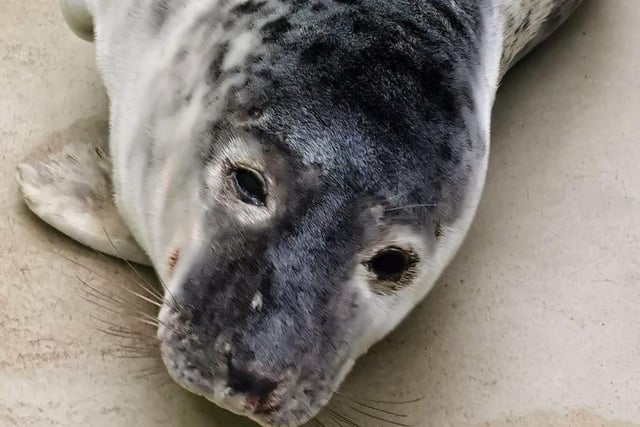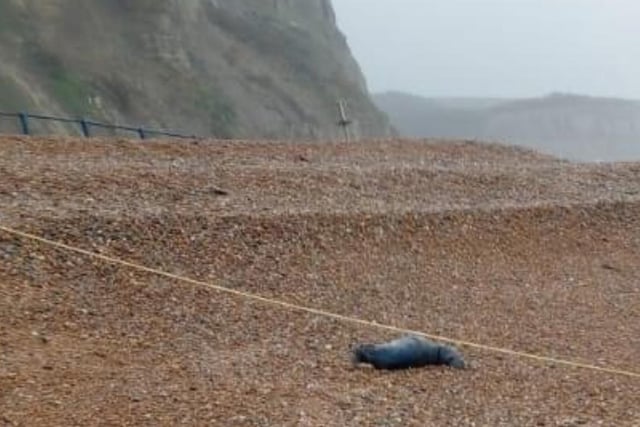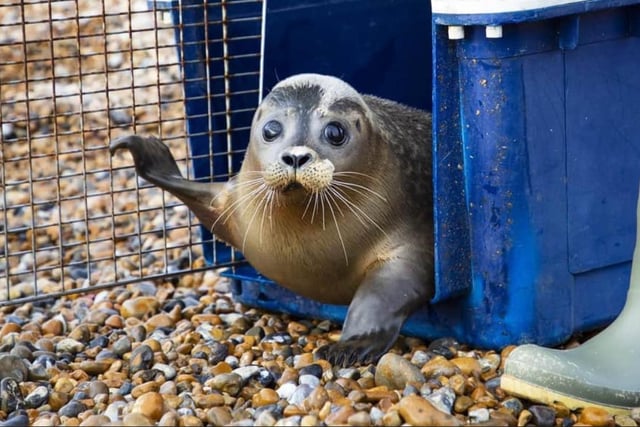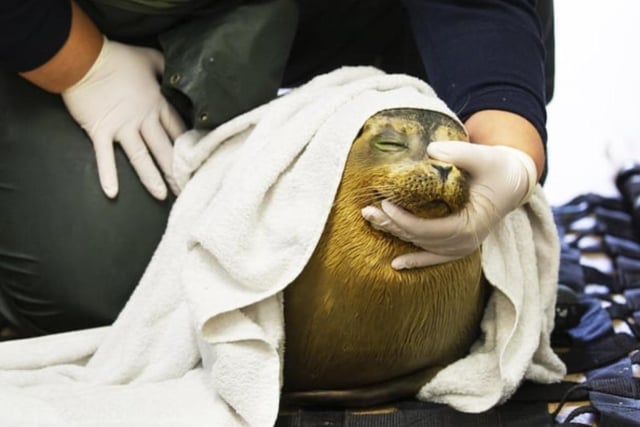The seal had been previously marked with a safe spray, during a check by British Divers Marine Life Rescue last month. The spray means individual seals can be identified if they have trouble in the future, letting those attending reports know their history.
This seal was last seen in Sandwich Bay, Kent, in January - tired and dehydrated after stormy weather. His condition at the time was well enough to leave him in the wild, but to keep an eye on him.A spokesperson for the RSPCA’s wildlife centre at Fairlight, Hastings, which has sea rescue facilities, said: “It's normal behaviour for a seal to come onto the beach to rest, and it's very important they are left alone to do so.
"There are however, some occasions where the seal is not doing well - in this case, it was decided by our expert team that this seal needed to come into our hospital. If you are ever concerned, please observe from a distance and call for help. You can contact us via message for advice, or call us on 0300 123 0723 - British Divers Marine Life Rescue is a charity we regularly work alongside, and they can be reached on 01825 765546“Did you know Seals can travel great distances, and evidence from monitoring their unique coat patterns tells us that most seals we see here in Sussex are just passing through. This seal travelled about 60 miles from his last known location, but could have been born even further away at a colony in Essex or France.”
Have you read? How a Sussex landmark was wrongly named for 100 years
Have you read? The sad demise of a Sussex fishing fleet

1. Seal rescue
The seal that was rescued from the beach at Hastings this week. Photo: supplied

2. Seal rescue
The seal on the beach at Rock-a-Nore, Hastings, this week. Photo: supplied

3. Seal rescue
A seal released after being cared for by Mallydams Photo: supplied

4. Seal rescue
Seal being cared for by Mallydams Photo: supplied